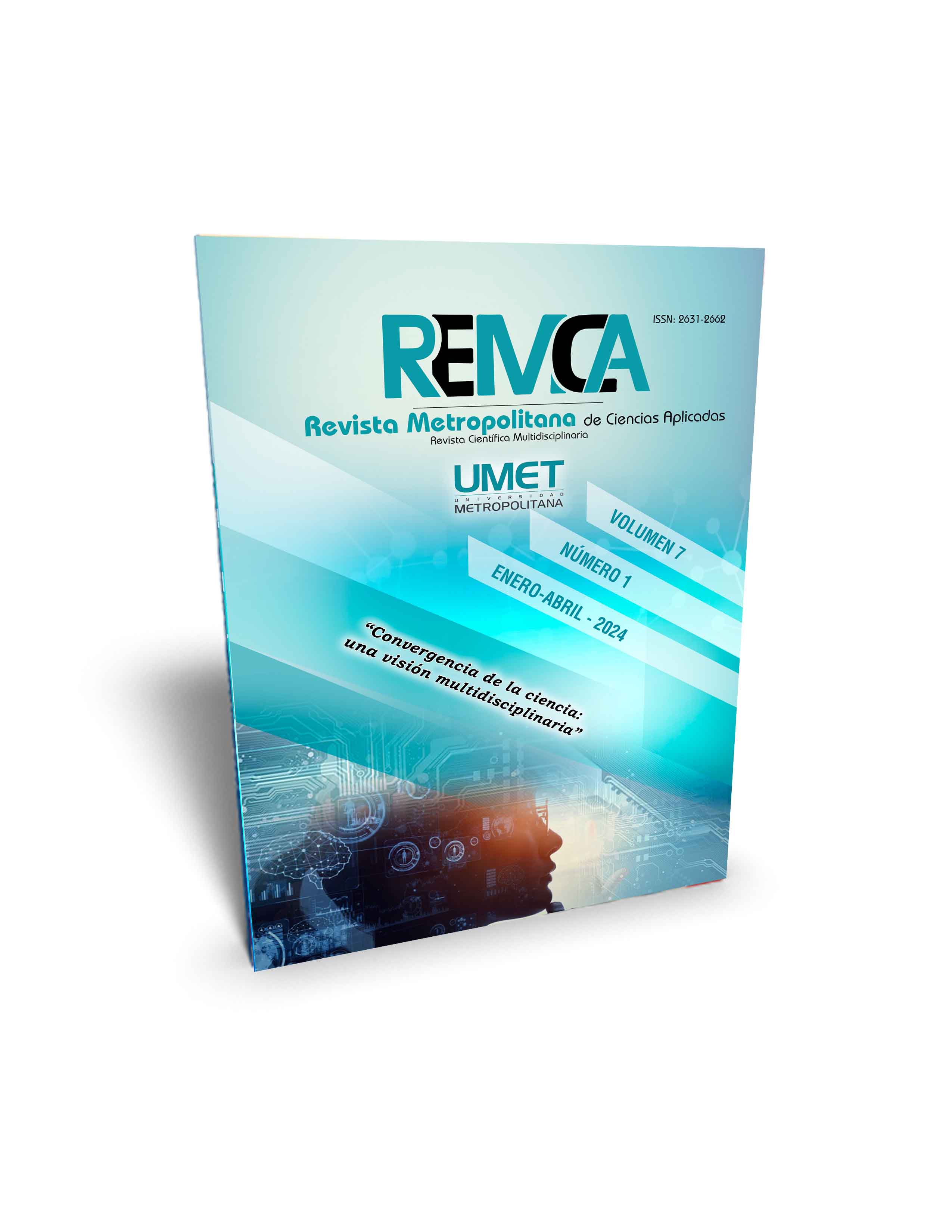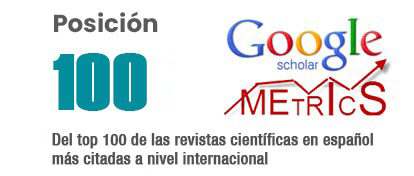The role of tax incentives in attracting foreign investment: international case studies
DOI:
https://doi.org/10.62452/pc1zvd78Keywords:
Taxation, foreign investment, taxes, economic development, cost effectivenessAbstract
Latin America recognizes the importance of tax incentives to stimulate economic development and attract investment. Strategies such as income tax exemption, reduced rates and tax credits are applied to encourage investment, especially in remote areas. The region seeks to attract foreign direct investment (FDI) through special regimes with additional benefits. In this regard, the International Monetary Fund highlights FDI as a tool to establish long-term connections and improve economic growth. However, the implementation of tax incentives faces challenges, such as the possible decrease in tax collection and the complexity of tax systems. High tax burden, fiscal instability and evasion are also challenges that can affect the attraction of foreign investors. On this basis, the present research seeks to examine the impact of tax incentives on the region's ability to attract foreign investments.
Downloads
References
Castellanos Polo , O. C., & Pérez Barrios, E. E. . (2022). Los tratados de doble imposición tributaria y su efecto en la inversión extranjera directa en Colombia. Revista Enfoques, 6(21), 50–62.
Comisión Económica para América Latina y el Caribe (CEPAL). (2019). Los incentivos fiscales a las empresas en América Latina y el Caribe. Naciones Unidas. https://repositorio.cepal.org/server/api/core/bitstreams/ade5a99c-5d38-4660-aceb-7ead729e8bb5/content
Durán, R., Piper, R., & Tam, N. (2021). ¿Impulsa la IED el desarrollo del páis? Centro Nacional de Competitividad. https://cncpanama.net/bitstream/handle/123456789/973/EdeC-Impulsa%20la%20IED%20el%20Desarrollo%20del%20Pa%C3%ADs.pdf?sequence=1&isAllowed=y
Elizalde, L. (2019). Los estados financieros y las políticas contables. 593 Digital Publisher, 4(5), 217-226.
Espinoza Barboza, B. K., Meléndez Rojas, R. E., Mora Ureña, L. M., Páez Esquivel, C. A., & Solano Sandí, A. M. (2022). Análisis prospectivo para la atracción de inversión extranjera directa en Costa Rica al año 2030. Dissertare Revista De Investigación En Ciencias Sociales, 7(1), 1-26.
Gómez, J. C., Jiménez, J. P., & Martner, R. (2017). Consensos y conflictos en la política tributaria de América Latina. Naciones Unidas: Comisión Económica para América Latina y el Caribe (CEPAL). https://repositorio.cepal.org/server/api/core/bitstreams/8ec39bbe-a819-40ce-a7c5-6b219cfd961e/content
Paniagua, J., Sapena, J., & Villó, C. (2020). Análisis de las Agencias de Promoción de Inversión Extranjera. Información Comercial Española, ICE: Revista de economía, 913, 237-261.
Rasa, S., & Giuseppe, C. (2023). Evolución de las inversiones extranjeras directas y el desarrollo de las economías en los Balcanes Occidentales. Revista Cubana De Economía Internacional, 10(2), 22.
Salgado, J. (2021). Analizando los incentivos y beneficios tributariosen el Ecuador: el sector floricultor exportador habitual y su incidencia en la recaudación fiscal período 2014-2018. (Tesis de maestría). Instituto de Altos Estudios Nacionales.
Veglia, D. B., Passamonti, P. E., & Baron, G. J. (2021). Incentivos tributarios: régimen de promoción de la economía del conocimiento. Análisis e impacto. CAPIC Review, Journal Of Accounting, Auditing And Business Management, 111, 1-11.
Villalba, W., Gómez , A., Pereira, A., Lourdes, M., & Cabral, A. (2022). Inversión extranjera directa en Paraguay. Principales obstáculos. Año 2019. Revista Ciencias Económicas, 3(69, 36-45.
Yaguache, M. F., Higuerey, Á. A., & Inga, E. R. (2019). Incentivos fiscales, liquidez y solvencia en las empresas del Ecuador. Revista Venezolana de Gerencia, 2, 361-378.
Downloads
Published
Issue
Section
License
Copyright (c) 2024 Diana Paola Coba-Ramos, Lenyn Geovanny Vásconez-Acuña (Autor/a)

This work is licensed under a Creative Commons Attribution-NonCommercial-ShareAlike 4.0 International License.
Authors who publish in Revista Metropolitana de Ciencias Aplicadas (REMCA), agree to the following terms:
1. Copyright
Authors retain unrestricted copyright to their work. Authors grant the journal the right of first publication. To this end, they assign the journal non-exclusive exploitation rights (reproduction, distribution, public communication, and transformation). Authors may enter into additional agreements for the non-exclusive distribution of the version of the work published in the journal, provided that acknowledgment of its initial publication in this journal is given.
© The authors.
2. License
The articles are published in the journal under the Creative Commons Attribution-NonCommercial-ShareAlike 4.0 International License (CC BY-NC-SA 4.0). The terms can be found at: https://creativecommons.org/licenses/by-nc-sa/4.0/deed.en
This license allows:
- Sharing: Copying and redistributing the material in any medium or format.
- Adapting: Remixing, transforming, and building upon the material.
Under the following terms:
- Attribution: You must give appropriate credit, provide a link to the license, and indicate if any changes were made. You may do this in any reasonable manner, but not in any way that suggests the licensor endorses or sponsors your use.
- NonCommercial: You may not use the material for commercial purposes.
- ShareAlike: If you remix, transform, or build upon the material, you must distribute your creation under the same license as the original work.
There are no additional restrictions. You may not apply legal terms or technological measures that legally restrict others from doing anything the license permits.




